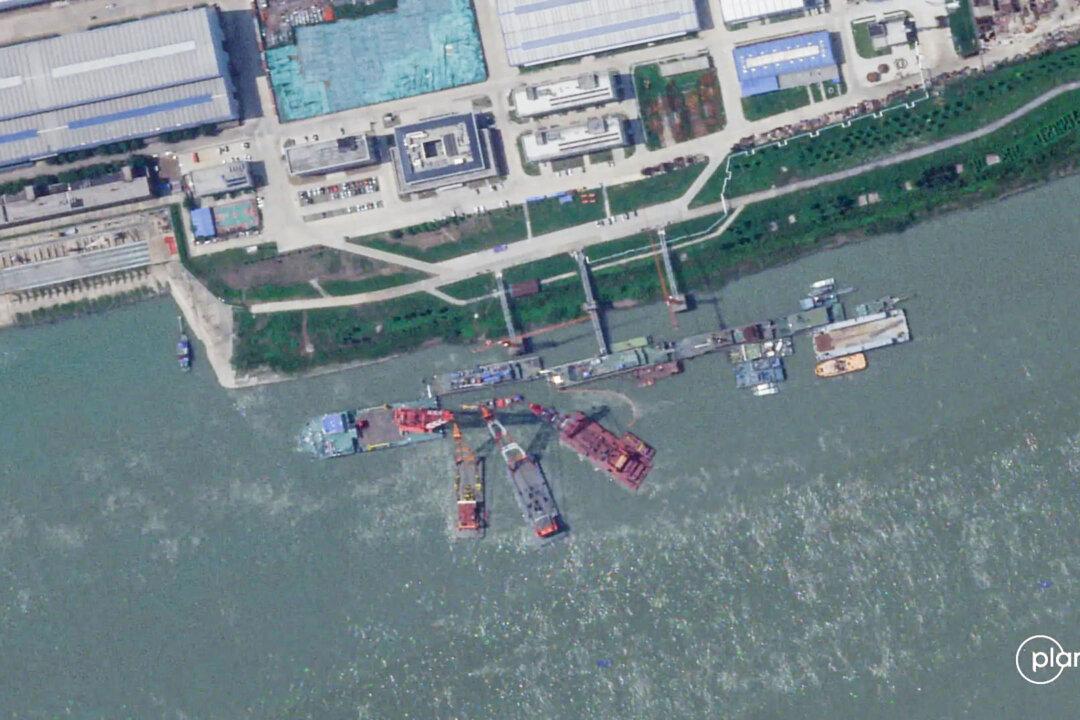China’s newest nuclear-powered submarine sank in a shipyard near Wuhan earlier this year, according to U.S. officials, a setback for one of the goals of the Chinese Communist Party (CCP).
The Wall Street Journal first reported the pierside sinking, which was later confirmed to The Epoch Times by a Pentagon spokesperson who added that it was unclear whether the submarine was carrying nuclear fuel at the time. The submarine is estimated to have sunk between May and June.





